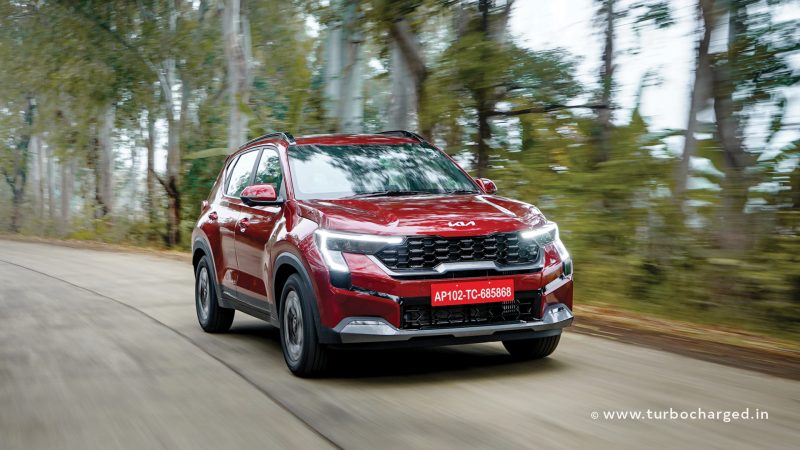While the Seltos played a pivotal role in Kia’s success in India, its smaller cousin, the Sonet too has made a significant impression in its segment. Since its introduction in 2020, Kia has successfully sold over 3.5 lakh units of this compact SUV and that’s including the challenging COVID-19 lockdown period. Now, the Sonet receives a midlife update both inside and out to further enhance its appeal.
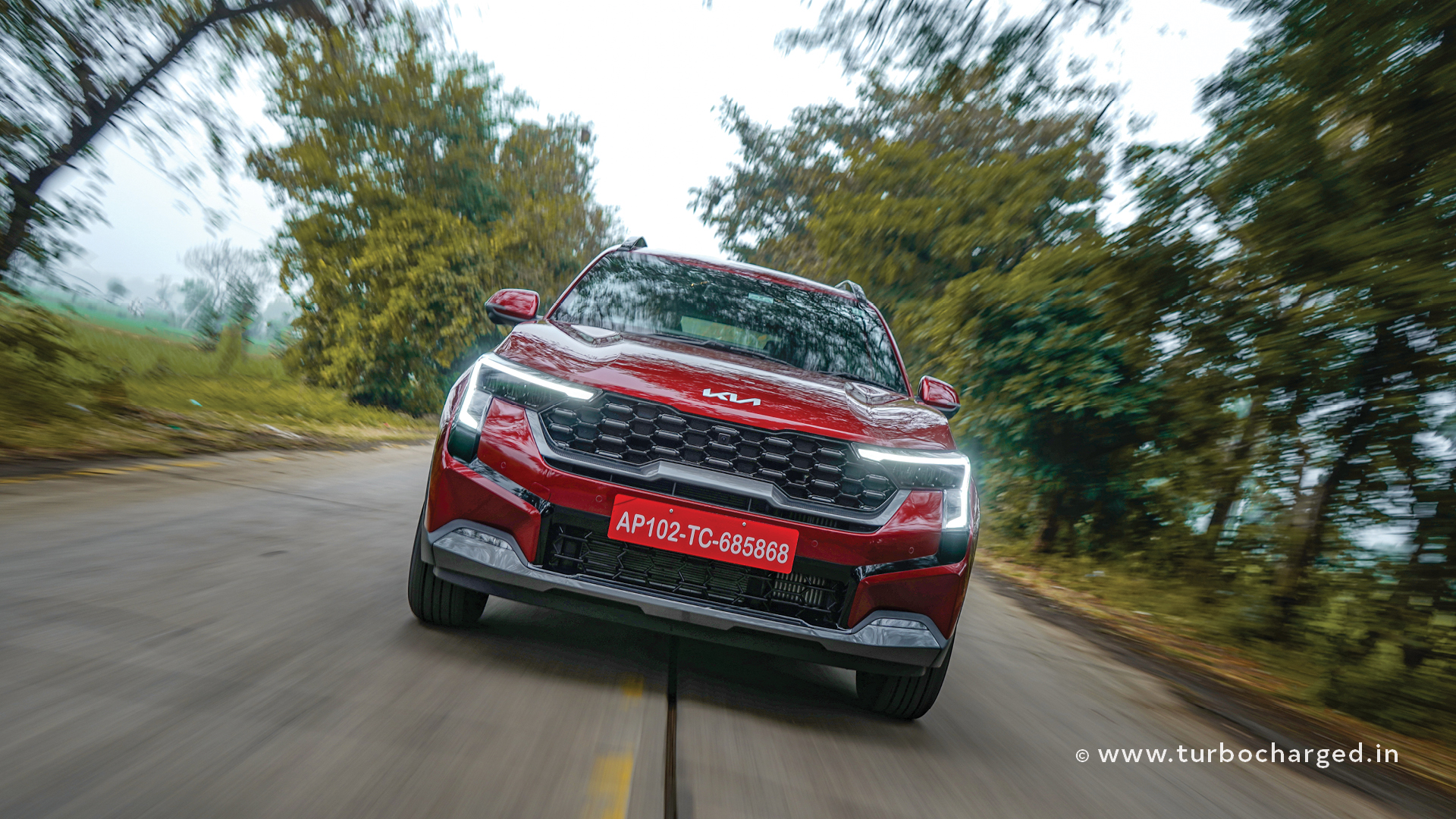
The facelift brings in significant updates that showcase Kia’s concerted efforts to give the Sonet a fresher and more appealing appearance. The grille is entirely new while maintaining its distinctive Tiger Nose design. It gets a revamped headlamp and DRL design, complemented by a new front bumper. Intriguingly, the front bumper design and fog lamp positioning vary between trims, with the GT Line featuring a distinct design from the Tech Line.
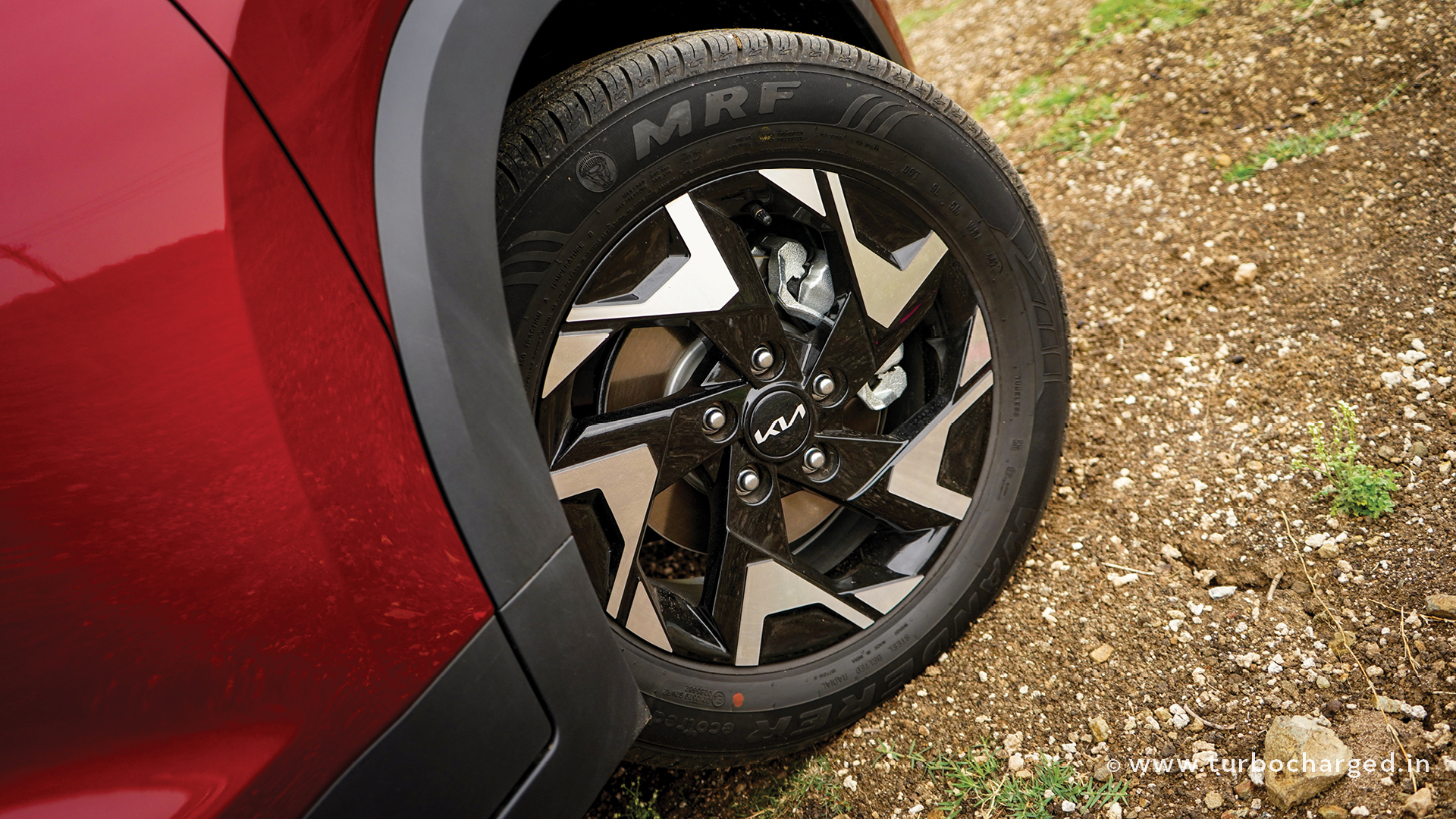
The Sonet retains its familiar appearance from the sides, with the only notable change being the introduction of new alloy wheels, in four distinct designs. At the rear, the vehicle adopts a family resemblance, courtesy of redesigned tail lamps that are squared off and connected, akin to the Carens and the updated Seltos. Additionally, the rear bumper has undergone a redesign, with the reversing lamp positioned in the centre. The overall design refresh places a pronounced emphasis on taking the Sonet’s visual appeal up a notch, with the front-end changes contributing significantly to a more striking appearance.
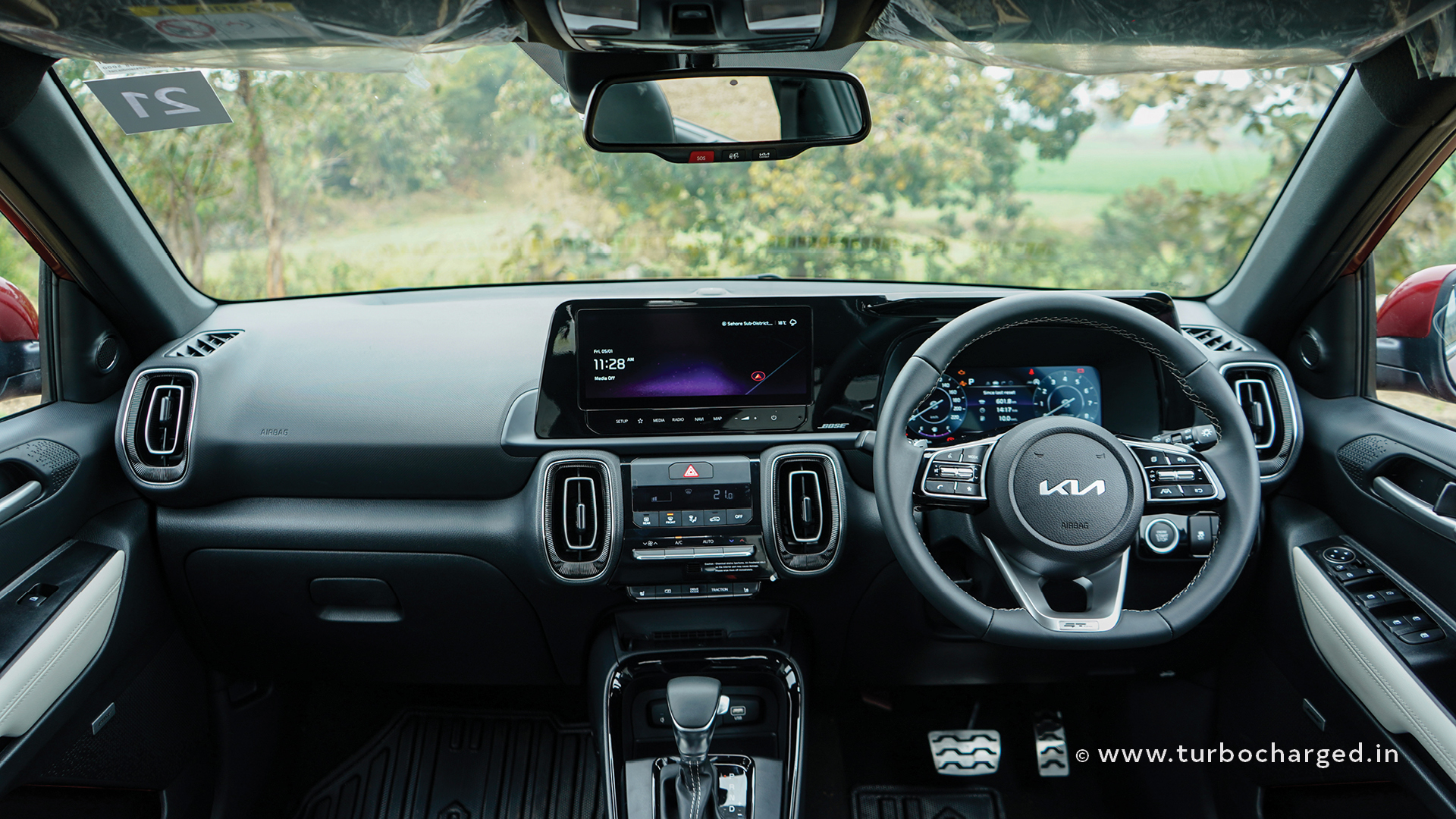
Step inside and you’ll immediately notice the refreshed dashboard design and door trims. The new instrument cluster display is borrowed from the Seltos while the steering wheel has been updated as well. The infotainment screen gets the latest software updates and shows live weather forecasts and even live match scores from your favourite sports team. The voice commands now support Hindi inputs and work well. The interior offers a range of colour schemes, including beige, brown, or all-black options. Kia has also enhanced the seating experience by revising the seat profile, creating more space, and improving comfort, particularly in the rear. This is achieved by scooping out the seat backs of the front seats and enhancing under-thigh support. Consequently, the Sonet now exudes an even more premium feel from the inside
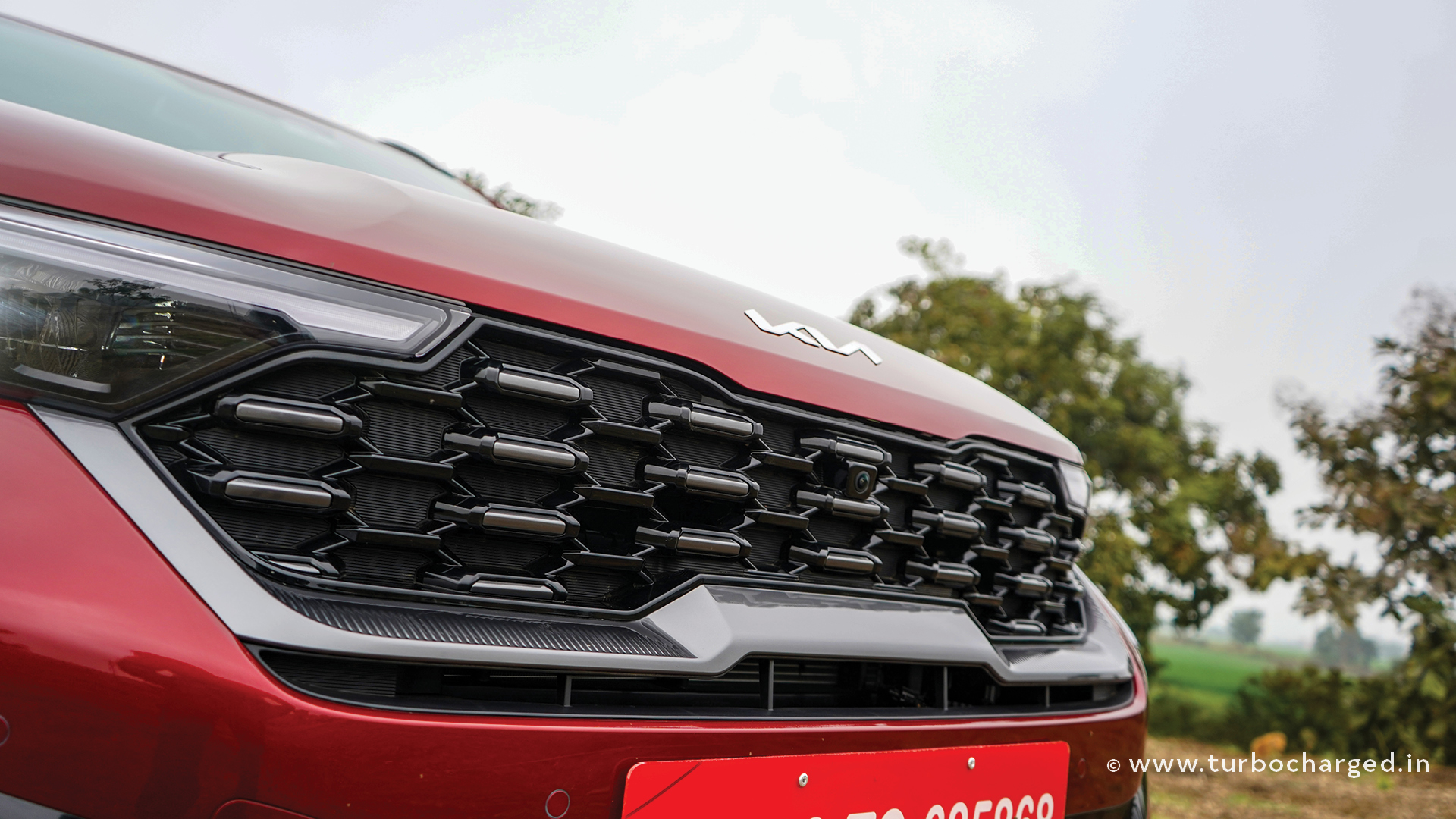
The refreshed design is not the primary focus here. The Sonet’s competitive edge lies in its extended features list, many of which are segment-firsts. Notably, the inclusion of Level 1 ADAS tops the list. The Sonet doesn’t rely on radar assistance, as seen in Level 2 ADAS-equipped cars. Instead, it utilises a camera-based system, featuring a dedicated ADAS camera on the front windscreen and four 360-degree cameras. The ADAS functions encompass forward collision warning and avoidance assist, lane departure warning, lane keep and lane follow assist, driver attention warning, lead vehicle departure alert, and more. Similar to the Seltos, it introduces a blind-view monitor utilising cameras on the rear-view mirrors to project a live feed onto the instrument cluster. These pioneering features, combined with the standard six airbags, significantly enhance the Sonet’s safety profile. Furthermore, through the Kia Connect app, users can remotely access a live feed of the car’s surroundings, offering a convenient way to remotely monitor your SUV.
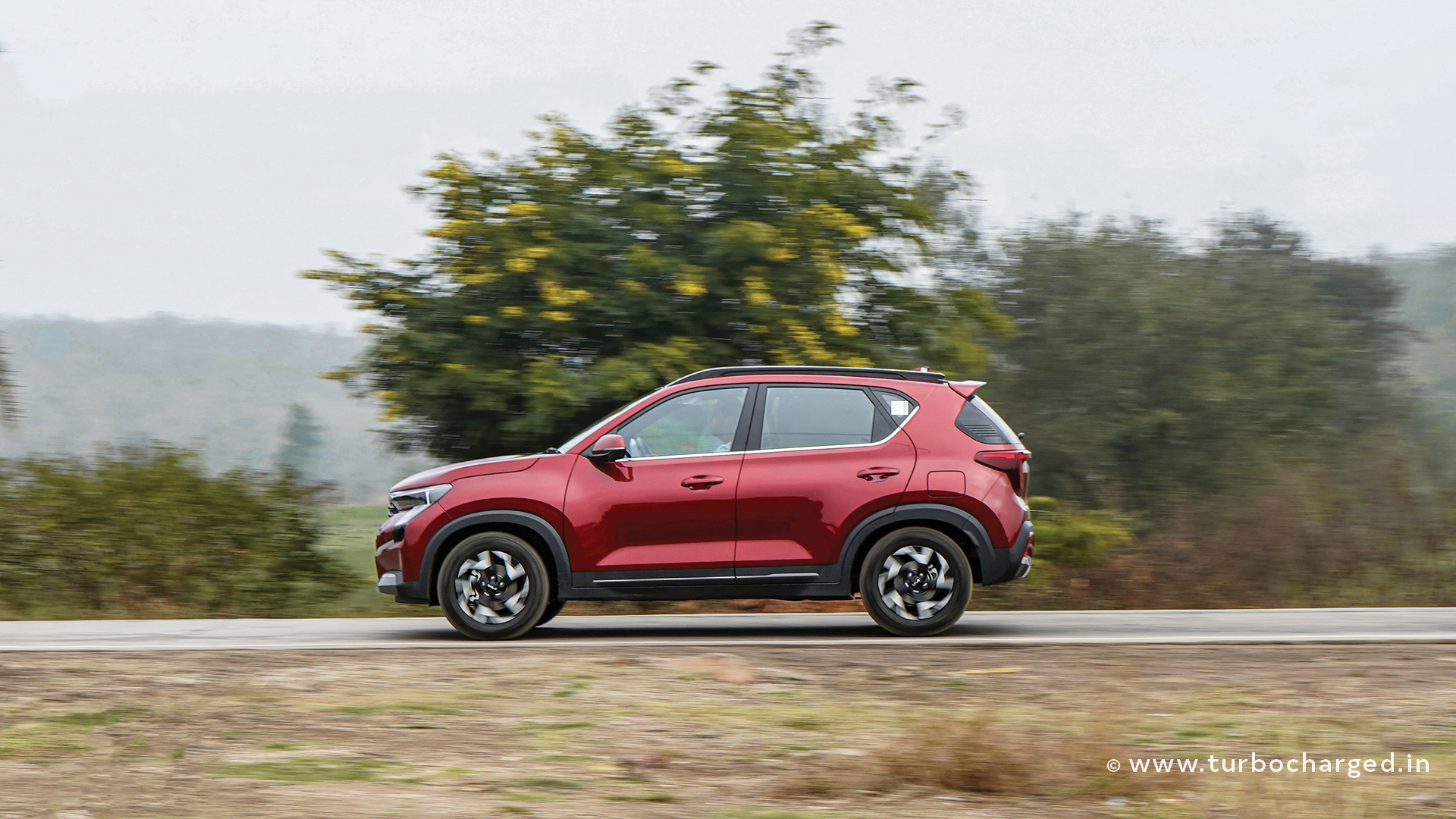
Kia has retained the existing powertrain options, allowing you to select from two petrol engines: the 1.2-litre naturally aspirated and the 1.0-litre turbocharged petrol, in addition to the 1.5-litre diesel. The naturally aspirated petrol engine is only available with a 5-speed manual transmission, while the turbo-petrol variant offers the choice between a 6-speed clutchless iMT or a 7-speed DCT. The diesel variant now provides flexibility with a choice of a 6-speed manual, 6-speed clutchless iMT, or a 6-speed torque converter automatic.
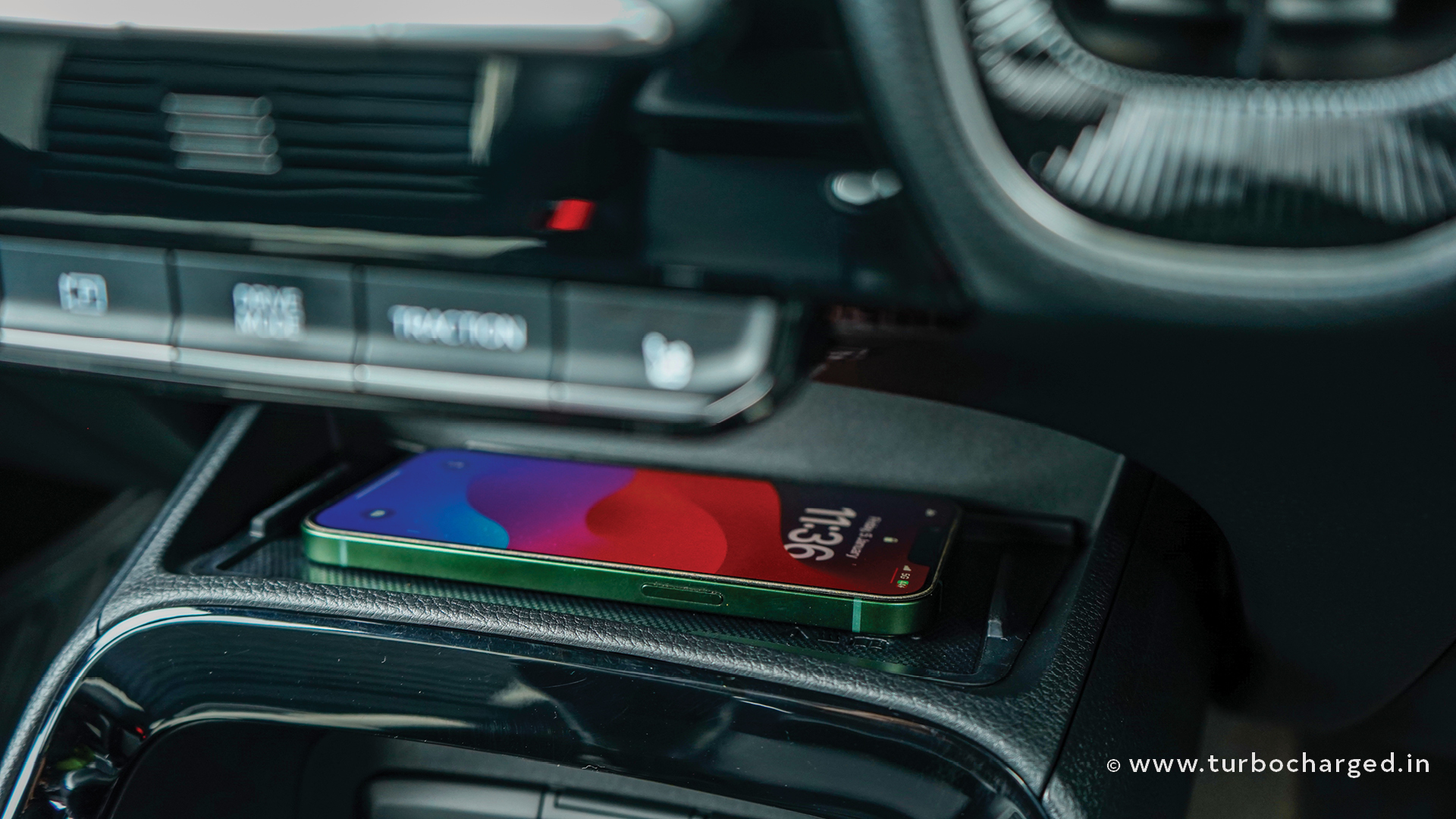
We got behind the wheel of the petrol variant equipped with a 1.0-litre turbocharged engine, paired with a 7-speed Dual Clutch Transmission (DCT) which produces 120PS and 172Nm. The engine feels quite responsive and the feeling is further enhanced by the swift shifts from the dual-clutch transmission both with or without the use of the paddle shifters. Acceleration is notably brisk resulting in 0-100kmph times that are among the quickest in its segment. However, under hard revs and enthusiastic driving, the engine does feel a tad strained and the downshifts could be quicker. Nevertheless, for those who enjoy an engaging driving experience, this powertrain is our preferred choice, perfectly complementing the Sonet’s sporty dynamics.
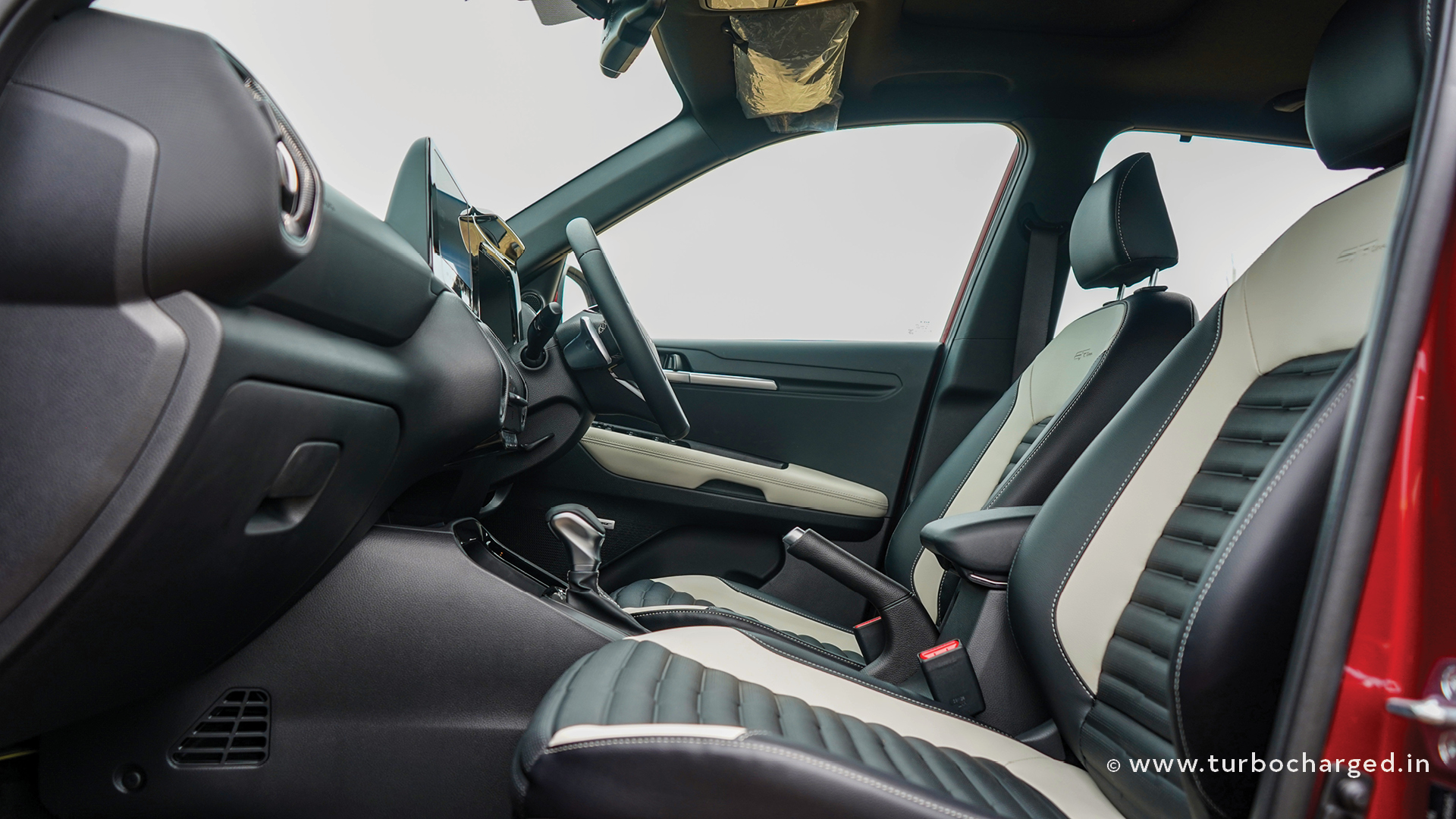
The Sonet offers a good balance between ride quality and composed dynamics. The suspension has an underlying firmness, making it enjoyable on twisty roads. However, hitting a big pothole fast might get a bit noisy. The Sonet handles cornering and lane changes well on the highway, and the light steering makes city driving and parking a breeze. I wish the steering weighed up more at higher speeds and gave more feedback to match the lively powertrain.

The Sonet has consistently earned praise for its looks and performance in the crucial compact SUV segment. With its refreshed design and an enhanced set of features, the updated Sonet seems poised to maintain this positive trajectory. Much like the face-lifted Seltos introduced last year, we anticipate that the new Sonet be priced at a slight premium over its predecessor, promising customers even greater value.





